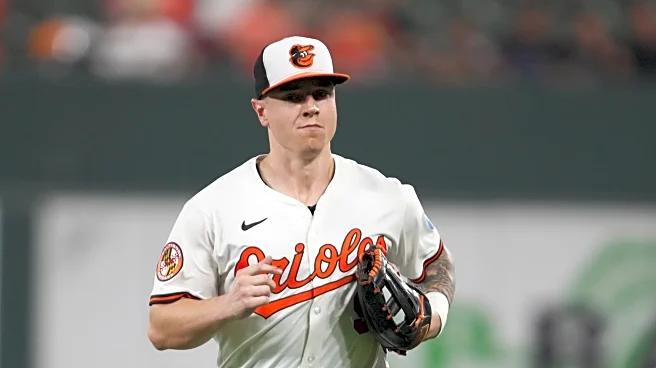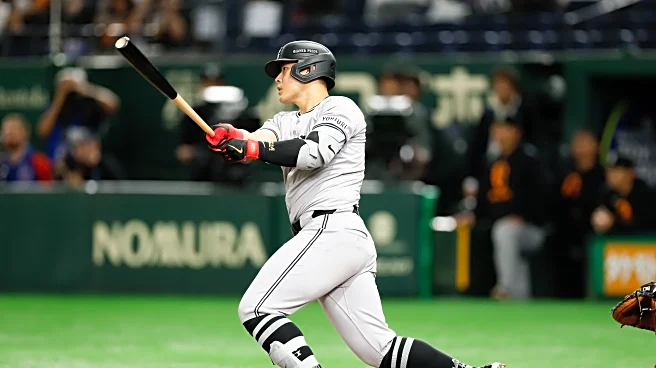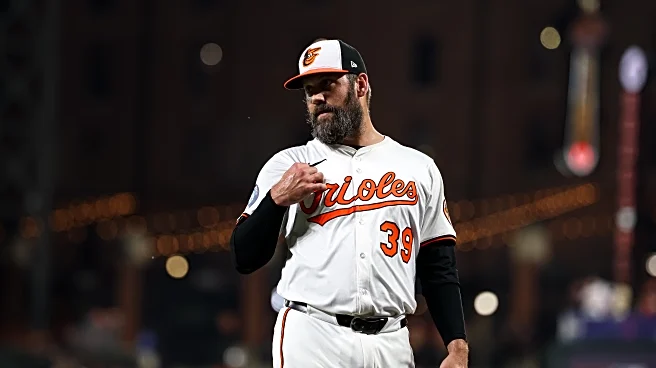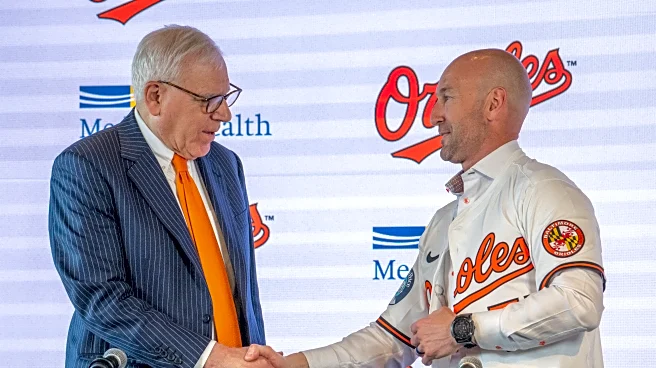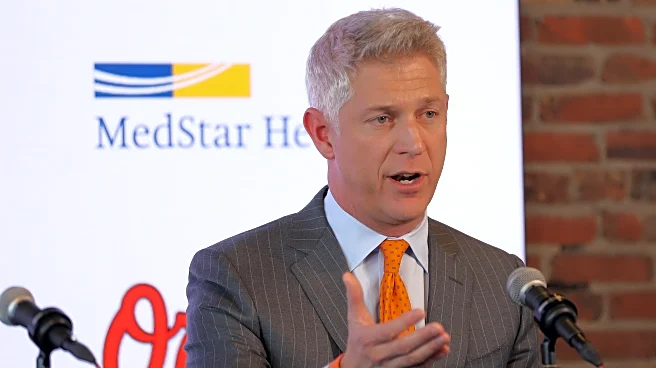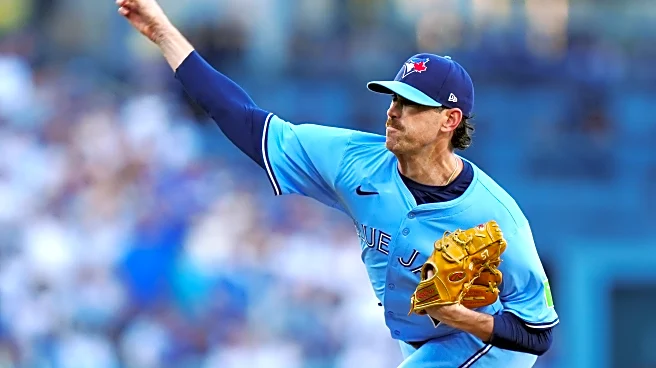If a player on a losing team gets traded at the deadline, but is then required three months later, were they ever really traded at all? Well, yeah, but getting them back makes the whole deal look like an absolute steal.
It seemed as though the Andrew Kittredge era with the Orioles had ended back in July. The O’s were at the bottom of the AL East and selling off their entire bullpen. That included Kittredge, who had come back from a knee injury to be a dependable middle-inning arm for them. But the team
had little use for a 35-year-old reliever with a somewhat pricey $9 million option for 2026. So they flipped him to the Cubs for 17-year-old infield prospect Wilfri De La Cruz. Bon voyage, Andrew.
Or so we thought!
On Tuesday, the Orioles got Kittredge back from the Cubs, sending an undisclosed amount of cash to the Windy City as a makeweight. It’s unclear right now if the Orioles plan to simply pick up the righty’s 2026 option or seek some sort of contract restructure that could keep him in Baltimore even longer. Regardless, they are going to insert him right back into a bullpen that desperately needs a few veteran stabilizers.
Kittredge was good in 2025. He had an identical 118 ERA+ with both the Orioles and Cubs, tossing 53 total innings between the two. He was particularly effective in July (1.88 ERA) and September (1.86 ERA), and even had a stint as the Cubs closer while Daniel Palencia was on the IL, saving five games in total. He saw his strikeouts per nine climb to 10.87, the highest mark of his career, while maintaining a low 1.87 walks per nine. The postseason was less successful for him. He appeared in two games and allowed three runs over five innings as the Cubs exited in the NLDS.
As long as he is healthy, Kittredge is a safe bet to put up well above-average numbers out of the bullpen. His 3.40 ERA in 2025 was the highest he has had in a season since 2019. But injuries have popped up on occasion during his career. His 2025 season was delayed until late May due to a knee debridement procedure. Tommy John surgery impacted his 2022 and ‘21 campaigns. He threw just 31.2 frames between the two. That was a carry over from 2020, when a UCL injury limited him to only eight innings. But that entire point could be moot. It’s not as if the Orioles are unfamiliar with the player’s medicals at this point.
It made sense when the Orioles added him last winter. He was a veteran with high-leverage experience, could save a game if needed, and at the very least gave them a reliable arm in the middle innings. One year later, not much has changed, and it still makes sense. He was solid for two teams this past season, had some exciting peripherals, and is due to come back on an identical salary. What is there to dislike?
The answer to that question might depend on what else Mike Elias does with the Orioles bullpen this offseason. Among other openings, the team does not have an obvious closer on the roster with Félix Bautista likely to miss the entire season due to a shoulder injury. Kittredge would not seem to be the answer there. While he did save five games with Chicago last year, that has never been his primary role. The most saves he has ever had in a season is eight. He’s someone the manager could turn to for the ninth inning if the closer is unavailable that game, but probably not as a day-in-day-out answer at the back of the bullpen.
Before we get too wrapped around the axel, let’s reset. It’s November. The Orioles had already improved their bullpen from where it was at the end of the regular season. This is, without question, a good move.
Now, for the other side of this equation.
With Kittredge now back in Baltimore, this pair of swaps with the Cubs boils down to the Orioles buying the prospect, De La Cruz, from them. That may or may not work out, but it seems like a gamble worth taking, and essentially inflated the Orioles international signing bonus pool from the previous year. De La Cruz, now 18 years old, was signed out of the Dominican Republic by the Cubs in January for $2.3 million. It will be up to the Orioles on how to develop him from here.
De La Cruz is far from a slam dunk prospect. MLB Pipeline ranks him 24th in the Orioles organization while FanGraphs places him 37th. Both outlets give him a future value grade of 40 on the 20-80 scale, so the difference in ranking means relatively little.
For now, De La Cruz is a shortstop, but he is expected to add some weight to his 6-foot-2 frame and could slide over to third base eventually. Pipeline summarizes his defensive skillset well:
De La Cruz’s twitchy athleticism, smooth actions, soft hands and solid arm strength are suited for shortstop. Presently an average-to-solid runner, he could slow a bit as he develops physically, which would dictate a move to third base. He has the tools to be a quality defender at the hot corner and meet the offensive demands of the position.
Speaking of offense, De La Cruz showed well in his first professional season. A switch hitter, he played in 40 total games in the Dominican Summer League, posting a .258/.465/.400 line with 11 doubles, three triples, 46 walks, 36 strikeouts, and 15 stolen bases. FanGraphs sums up his offensive game:
He’s strong for his age, and though he is a little less projectable than most of his peers, he has an easy, comfortable swing and posted an above-average contact rate in his first DSL season. De La Cruz’s bat path is long, and his bat speed from the left side (which is average) is better than it is from the right…Overall, this is a pretty exciting, high-variance, projectable switch-hitting infielder who had a good pro debut
You can see why the Cubs felt he was worth $2.3 million and why the Orioles wanted to gamble as well. All prospects are risky, and De La Cruz will be no different. But when the only cost to get him was two months of a pitcher you were able to reacquire and some unknown amount of cash, it’s a no brainer.



